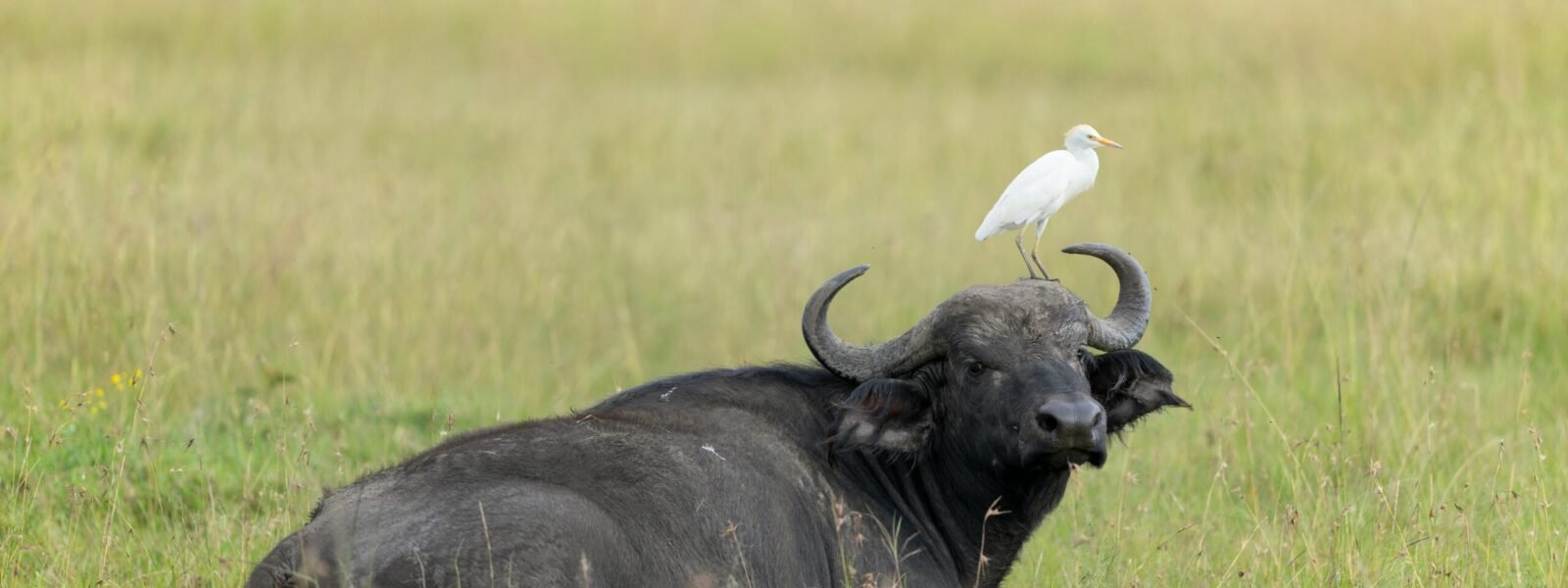Located in northern Kenya’s arid Samburu County, Buffalo Springs National Reserve is a stunning 131-square-kilometre wilderness set along the Ewaso Ng’iro River. Named after a clear water spring within its borders, the reserve shares an unfenced boundary with Samburu National Reserve, allowing wildlife to roam freely between the two. The landscape is a striking mix of semi-desert savannah, lava plains, acacia woodlands, and the dramatic backdrop of the Ol Olokwe Mountain. Despite its dry environment, the Ewaso Ng’iro River ensures a rich diversity of wildlife and lush riverine forests.Buffalo Springs is famous for its "Samburu Special Five" species found mainly in northern Kenya: the Grevy’s zebra, reticulated giraffe, Somali ostrich, Beisa oryx, and gerenuk (the antelope that stands on hind legs to feed). Visitors can also spot elephants, lions, cheetahs, leopards, crocodiles, and over 350 species of birds.
